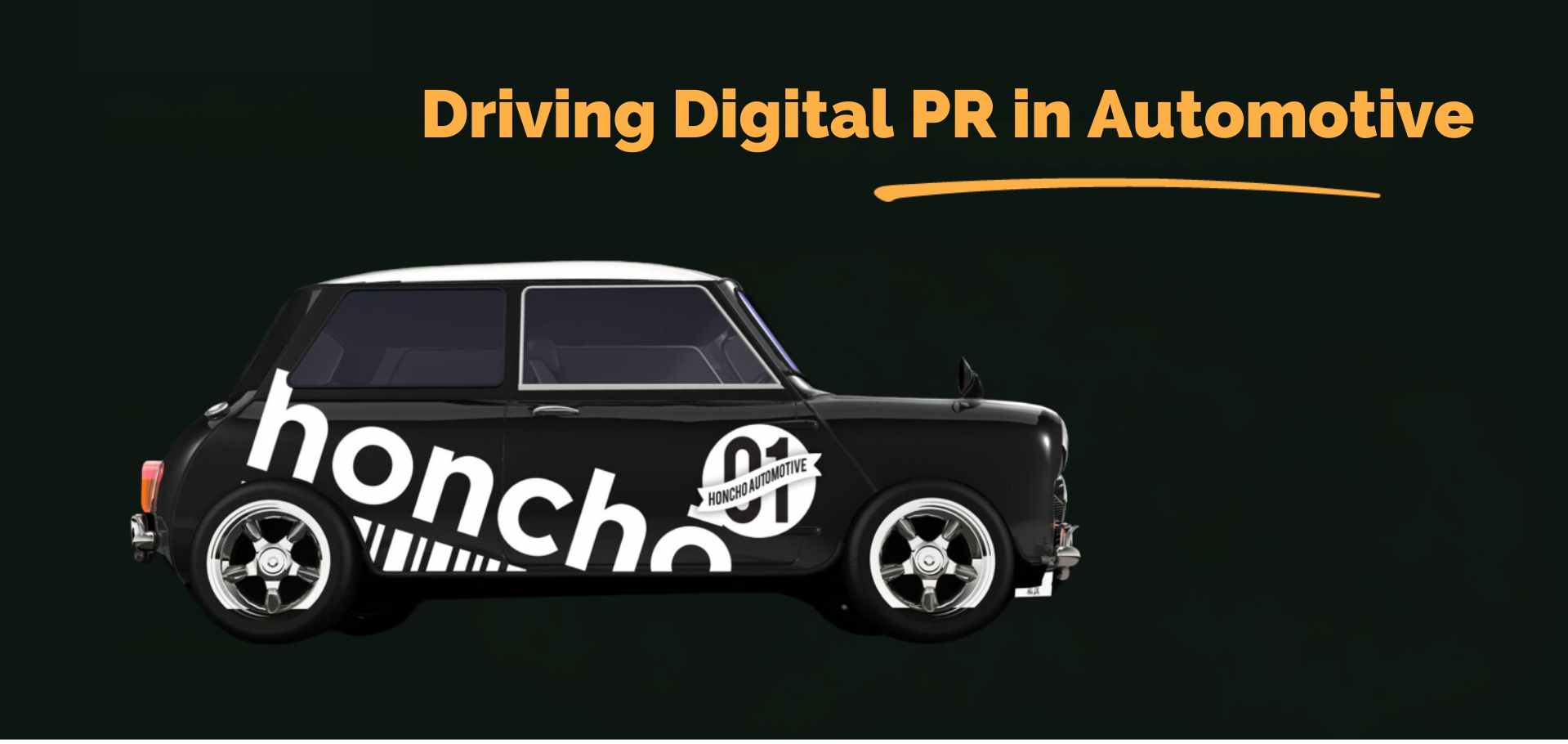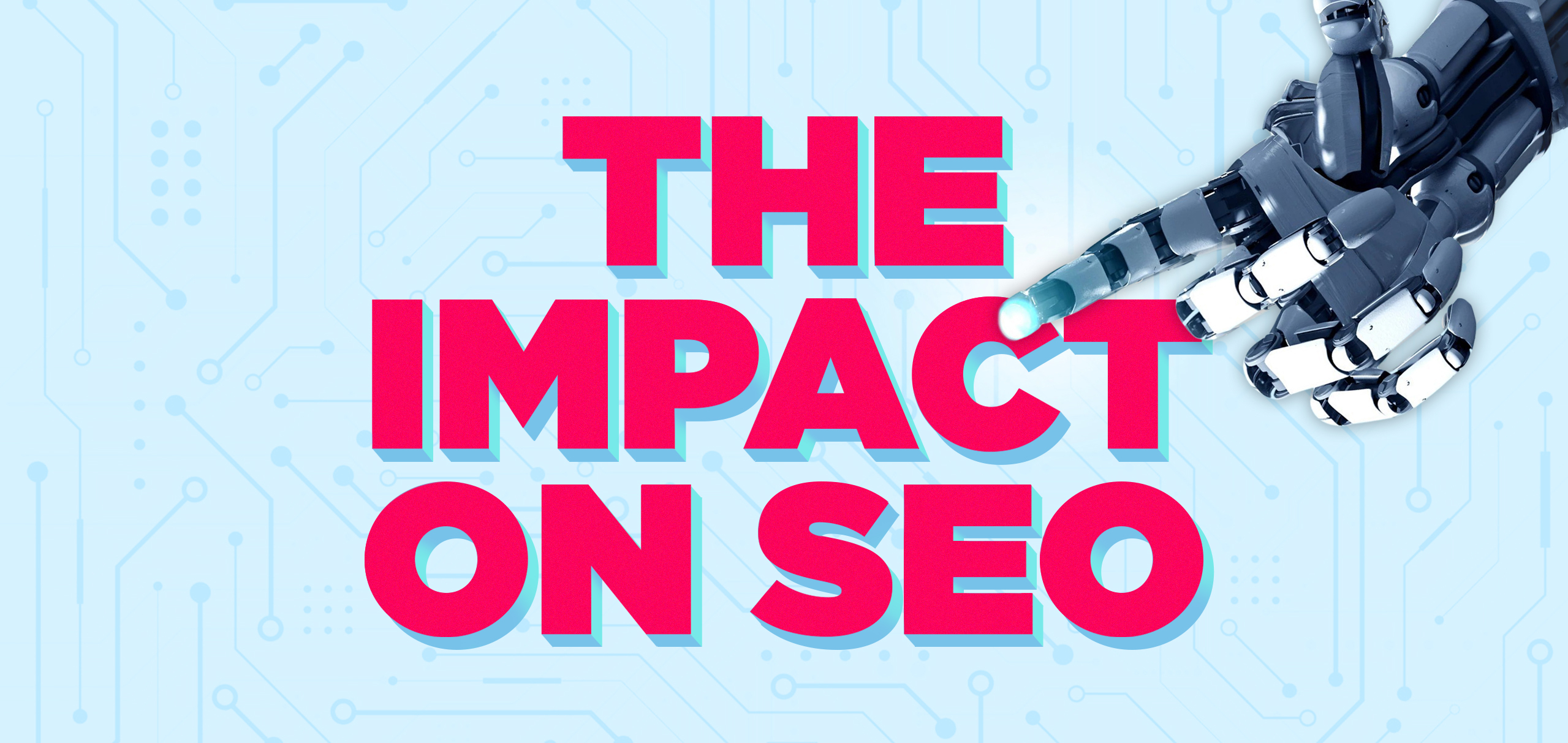5 min read
Harnessing High Search Volume Keywords for Maximum Impact
Discover the power of high search volume keywords and how to effectively use them to boost your online presence and drive maximum impact.
4 min read
 Jade Halstead
:
Oct 12, 2022 6:58:53 AM
Jade Halstead
:
Oct 12, 2022 6:58:53 AM

This article introduces you to the wonderful world of Conversion Rate Optimisation. We dive into what exactly is Conversion Rate Optimisation (CRO), how to calculate conversion rate and what is a good conversion rate, why CRO is such an important and key digital marketing channel to take advantage of, and lastly how Conversion Rate Optimisation works.
So by the end of the article, you’ll have a good understanding of what conversion rate optimisation is and why you should use it on your website or app to generate many more conversions for the same amount of traffic, and significantly reduce your Cost Per Acquisition (CPA).
Conversion Rate Optimisation (CRO) is the process of increasing the percentage of conversions (desired actions) on a website or app.
A conversion is the desired action on the website/app. For example, the main conversion of an e-commerce website would be purchasing a product/service. Depending on the purpose of the website, other conversions could be ‘adding to cart,’ signing up for the service, signing up for a newsletter, filling in a form, downloading a pdf, or clicking a button.
Conversion Rate Optimisation is usually performed on websites and another way to define it is increasing the conversion rate of the website. So now you’re probably thinking, what is conversion rate?
Conversion rate is the number of conversions (ie. the desired action) divided by the total number of visitors, and then multiplied by 100 to make it into a percentage.

You can calculate the conversion rate of the website in general, or a specific page, or a specific conversion funnel.
For example, if an e-commerce website gets 500 visitors in total a month and only 5 visitors end up buying a product, the conversion rate would be CR =(5 / 500) * 100 =1% . So the website’s conversion rate for that month would be 1%.
As another example, if you wanted to know the conversion rate of a specific product page, then it would be the number of purchases of that particular product divided by the number of visitors on that product page, then multiplied by 100.
As a general rule, the average conversion rate of a website or app is anywhere between 2% – 4%.
If the conversion rate of your website is over 4%, you’re doing something right. We’d love to give you an exact figure but this is a very difficult question to answer for three main reasons:What would be more useful, is to make a note of your own website’s conversion rate and focus on improving it. Most new websites have a conversion rate of less than 1% so spend time to improve it.
But now you’re probably thinking, is improving the conversion rate even worth it? Short answer: yes.

There are always areas of improvement for improving conversions and conversion rates so here are the main benefits of CRO and why it’s such an important digital marketing channel to take advantage of.
You are increasing the number of conversions of your existing traffic coming onto your website, and so you’re increasing your Return on Investment of the traffic you have already acquired.
For example, let’s say your ecommerce website’s current conversion rate is 1% and 1,000 visitors are coming on to your website organically so you are acquiring 10 customers each month organically. Increasing your website’s conversion rate from 1% to 2% means you are now getting 20 customers organically so you have likely doubled your site’s organic average revenue.
If you are doing ads for your website/app, CRO will help reduce your CPA because you convert more visitors that click on your ads, thereby increasing your revenue per visitor and being able to acquire more customers with the same amount of money you’re spending on ads.
All visitors come onto a website or app with a specific goal in mind, whether to learn more about a product/service, buy a product/service, have a question answered, learn more about a particular topic or even to just browse. Whatever the visitors’ goals, they may have common issues and pain points when navigating your website such as not being able to find a particular product, or struggling to find the CTA they are looking for.
CRO makes you look at your website’s data and drop-off points to identify where your visitors’ pain points are. Then you can focus on optimising and testing those areas to resolve your visitors’ issues and paint points.
Bounce rate is the percentage of visitors that visit a particular page on your website and then bounce off to another page. CRO looks at which pages have the highest bounce rate and drop-off rate, and tests different ways to reduce those bounce rates. Lowering the bounce rates means your pages are effectively meeting the needs of the site visitors, thereby increasing the number of conversions.
Another benefit of CRO is it’s an organic and cheaper digital marketing channel. Unlike ads, you don’t have to spend money to do CRO. If you’re not doing it yourself, you will likely have to pay a CRO expert, your website’s developer (if needed) and one or two CRO tools that the expert will need to effectively increase the conversion rates. But you won’t have to pay Google or any search engines to do CRO, unlike when doing ads.

Conversion Rate Optimisation involves using analytics and data to identify what areas of the website to optimise and focus on. It’s usually a good idea to first look at which parts of the conversion funnel have the highest drop-off rate, so you can prioritise on the areas that will generate the most amount of conversions.
Next, you create hypotheses of what you believe will improve conversion rates. Ideate a range of different ideas and prioritise them based on impact on conversions and what you think would work the best.
You then run a/b and multivariate tests to test these hypotheses, by providing your visitors different variations of your website/app so you can test which variations give the highest conversion rate. There are a range of CRO tools that help you do this.
The final step is measuring the results to determine whether your hypothesis was correct and if your new variation does improve conversion rates. If your test was successful, then you can evaluate whether it’s cost-effective to scale the implementation across your whole website/app to improve conversion rates.
Similar to SEO, CRO isn’t a ‘once and done’ project; it is an ongoing process to continually optimise your website or app’s conversion rate. There are always areas of improvement for your website/app and your overall business. Understanding and having a well defined CRO process will help you structure and implement tests that maximise your website’s conversion rates.
If you’d like to learn the CRO process of how to optimise your website to improve conversion rates for Black Friday and Christmas, have a read of our new article: How to double your conversions before Black Friday and Christmas 2022.

5 min read
Discover the power of high search volume keywords and how to effectively use them to boost your online presence and drive maximum impact.

2 min read
We're delighted to officially announce our partnership with Eflorist, one of the world’s leading flower delivery brands with over 54,000 local flower...

5 min read
Working agency-side in digital marketing often means that you’re expected to be a jack of all trades, with industry expertise stretching across...
In a shock move, Google has announced that its Adwords platform will be shaking up ad rotation optimisation by removing some of the options and...

Discover the profound influence of Artificial Intelligence on Search Engine Optimisation and how it is transforming the digital landscape.

Discover why alt tags are essential for image optimisation and how they can improve your website's SEO performance.